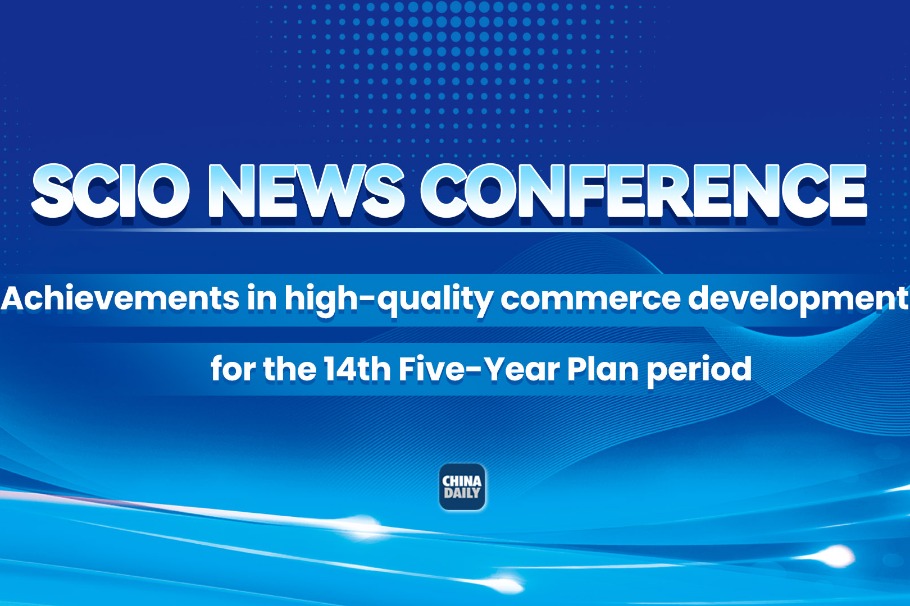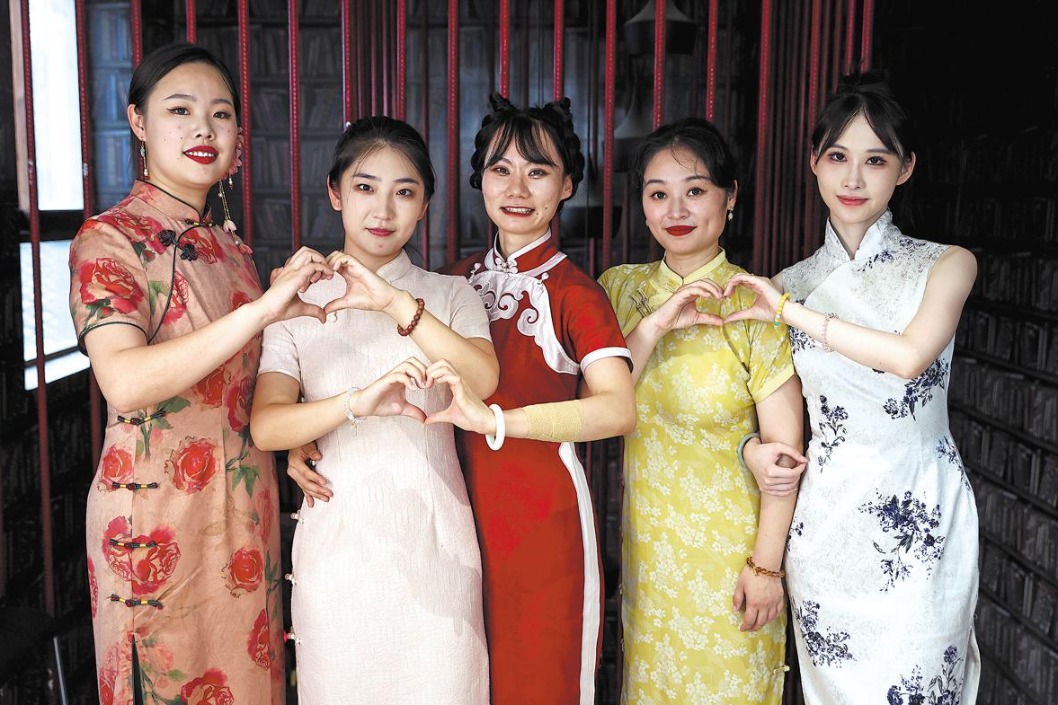Uzbek patient returns to thank surgeon for operation

During a medical mission to Uzbekistan earlier this month, Chinese cardiovascular specialist Pan Xiangbin experienced a heartwarming reunion with a former patient: a mother, who had been diagnosed with rheumatic heart disease when pregnant seven years ago, accompanied by her son.
"The results of my heart re-examination have been good. I could not have imagined the operation would have such a lasting effect," said Malika, who underwent a minimally invasive procedure led by Pan in 2018. Her lively boy presented the Chinese medical team with a bouquet in a sign of sincere thanks.
Pan, vice-president and professor of Beijing-based Fuwai Hospital, Chinese Academy of Medical Sciences, said that conventional open-heart surgery could have put her at risk of severe trauma and necessitated a longer recovery time, as well as endanger her unborn child. X-rayguided interventional procedures would have also been risky, and potentially led to malformations and developmental disorders of the fetus. Yet, delaying treatment during pregnancy could have triggered fatal heart failure.
Thanks to a procedure pioneered and developed by Pan, both mother and child were saved. The technique relies on ultrasound imaging and real-time guidance rather than traditional fluoroscopy, handles cardiovascular diseases through the peripheral blood vessels without requiring open-heart surgery, and protects patients and medical workers from radiation exposure. "The kid told me he has the nickname 'China boy'. I am glad that he grew up sturdy," said Pan. "We are not only proud of our contribution to medical cooperation, but also to people-to-people ties across the globe."
Pan's team has performed the procedure in more than 30 countries, including France, the United Kingdom, Russia, Tanzania and Uzbekistan, mentored over 1,000 doctors worldwide, and restored health to over 200,000 patients.
Theophylly Ludovick, a pediatrician at the Chinese-built Jakaya Kikwete Cardiac Institute in Tanzania who received training in China, said the procedure was suitable for treating heart disease in developing regions. "The procedure is relatively easy to learn and requires less investment and resources for medical infrastructure", compared with conventional fluoroscopic procedures, said Ludovick, adding that it can decrease medical expenses for patients. His team has used the Chinese technology in a dozen cases, with all patients discharged without complications.
Zafar Abullayev, a cardiovascular surgeon at a medical center in Tashkent, Uzbekistan, who finished his one-year study in Fuwai Hospital in March, credited the Belt and Road Initiative for deepening medical collaboration.
"The learning experience in China enables me to introduce the innovative medical procedure in Uzbekistan, train local doctors and bring advanced care to rural areas," Abullayev said.
In 2023, the procedure was listed in a United Nations project that aimed to enhance access to treatment for cardiovascular disease in developing countries and help them achieve the UN sustainable development goal of ensuring healthy lives and promoting well-being for all.
Pan's team also developed a mobile operation vehicle for screening, diagnosing and treating patients in rural areas. "We decided to make the vehicle after a medical aid mission in Africa. At that time, although we were able to conduct basic operations outdoors with portable medical equipment and materials, we struggled with meeting sterility standards," Pan said.
Xinhua
Today's Top News
- China to open its door to foreign investment wider
- China criticizes Canadian tariffs on products containing Chinese steel
- US legislative chaos undermines its democracy
- Why China is irreplaceable in supply chain
- China's FDI inflow tops $700b since 2021
- Australia, China set to bolster steel partnership






























